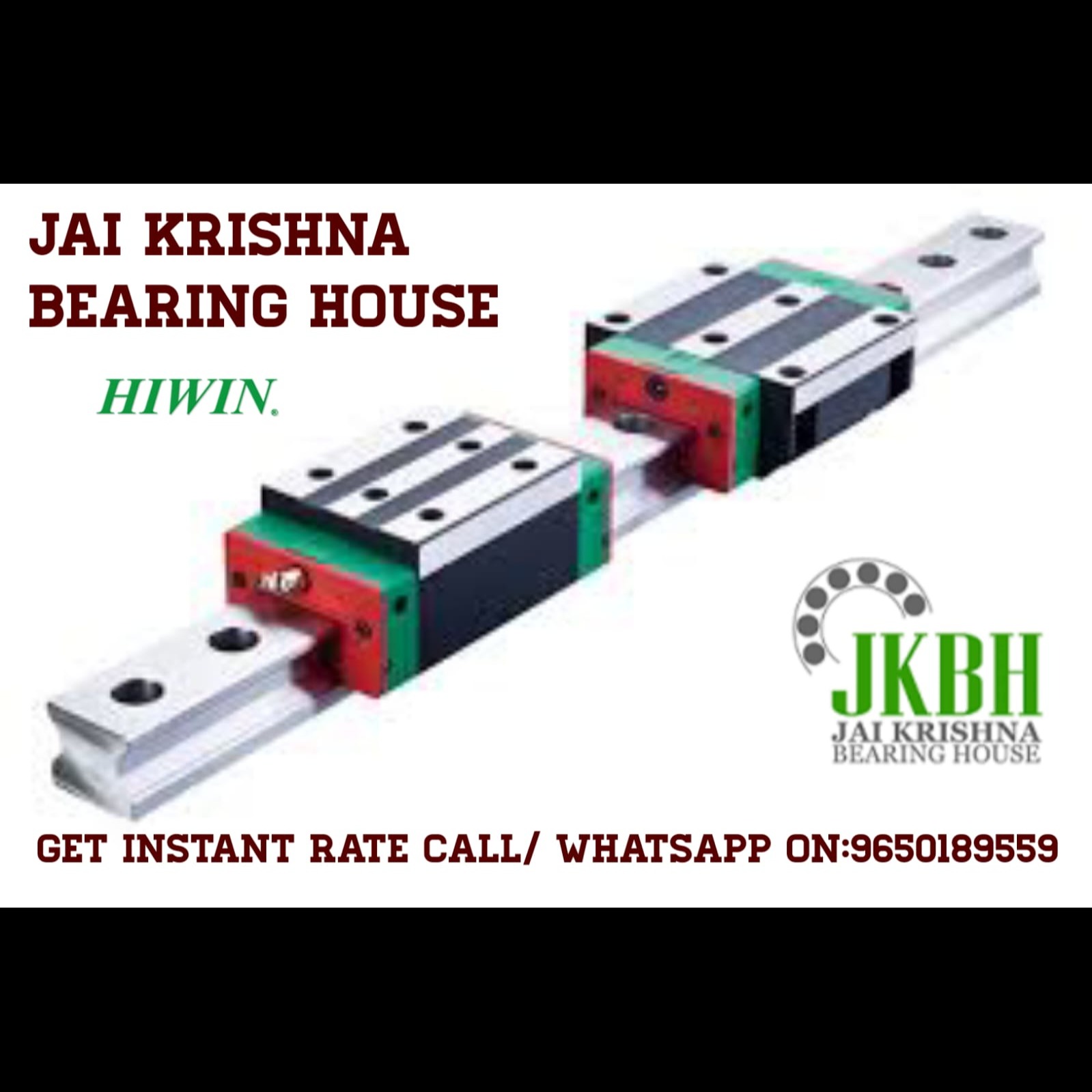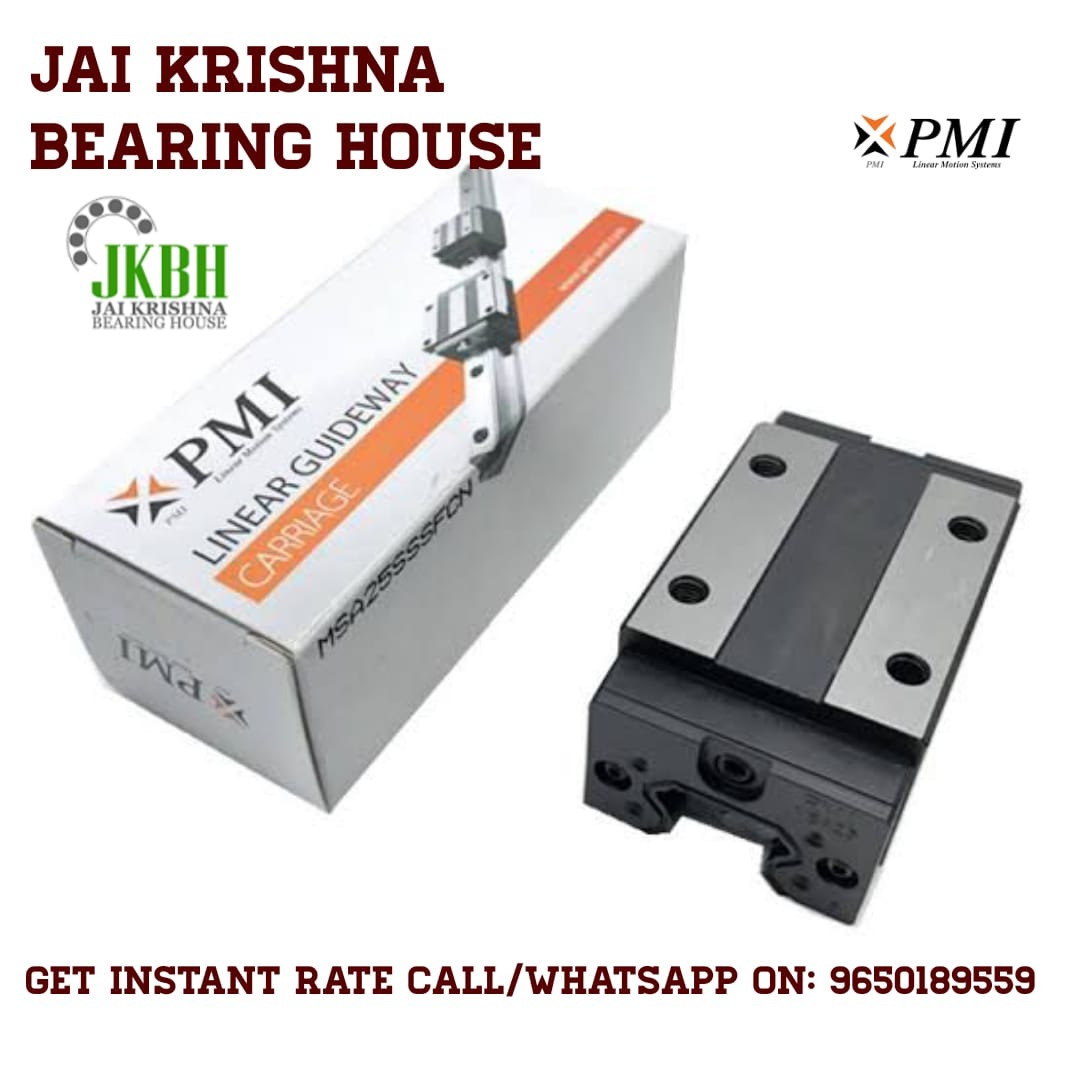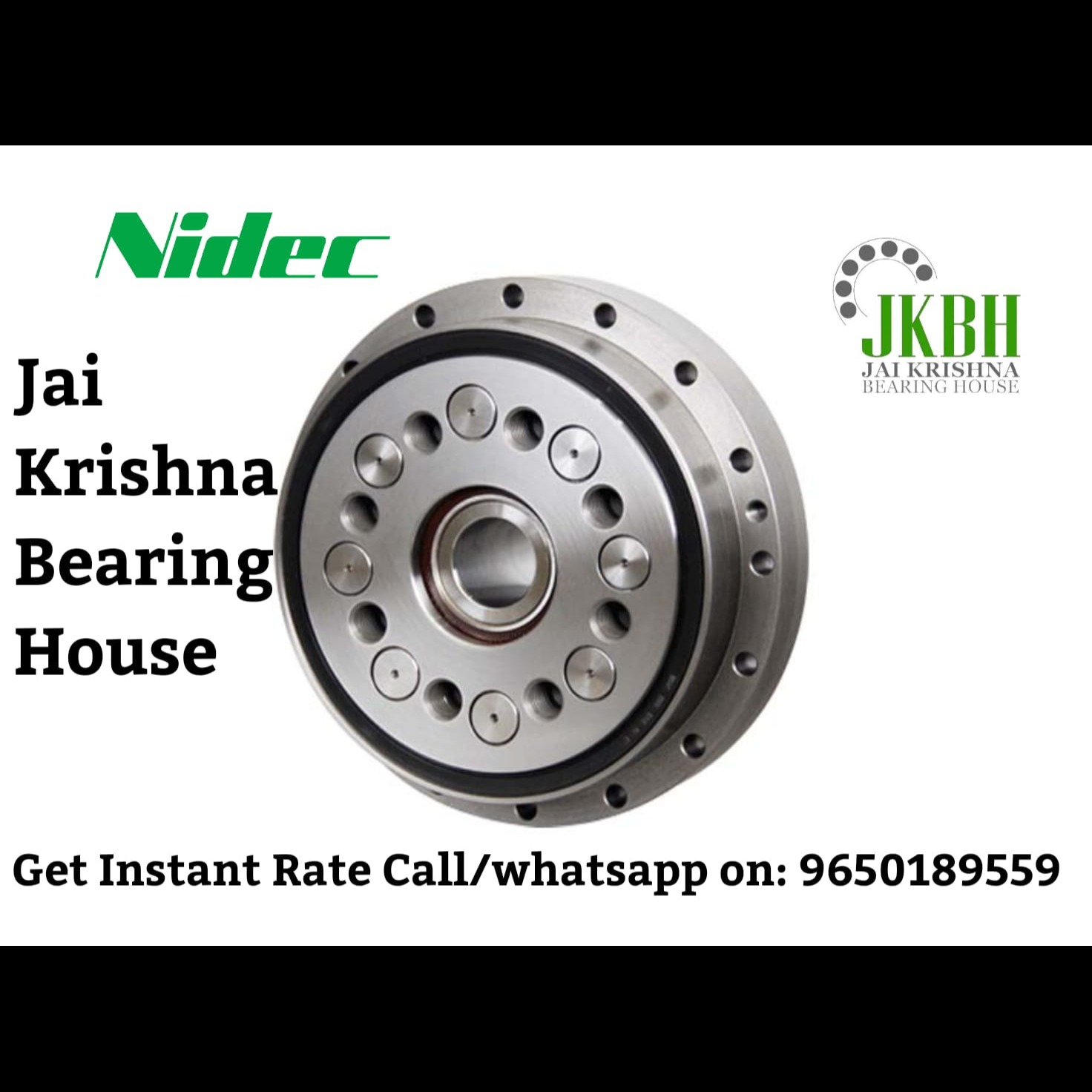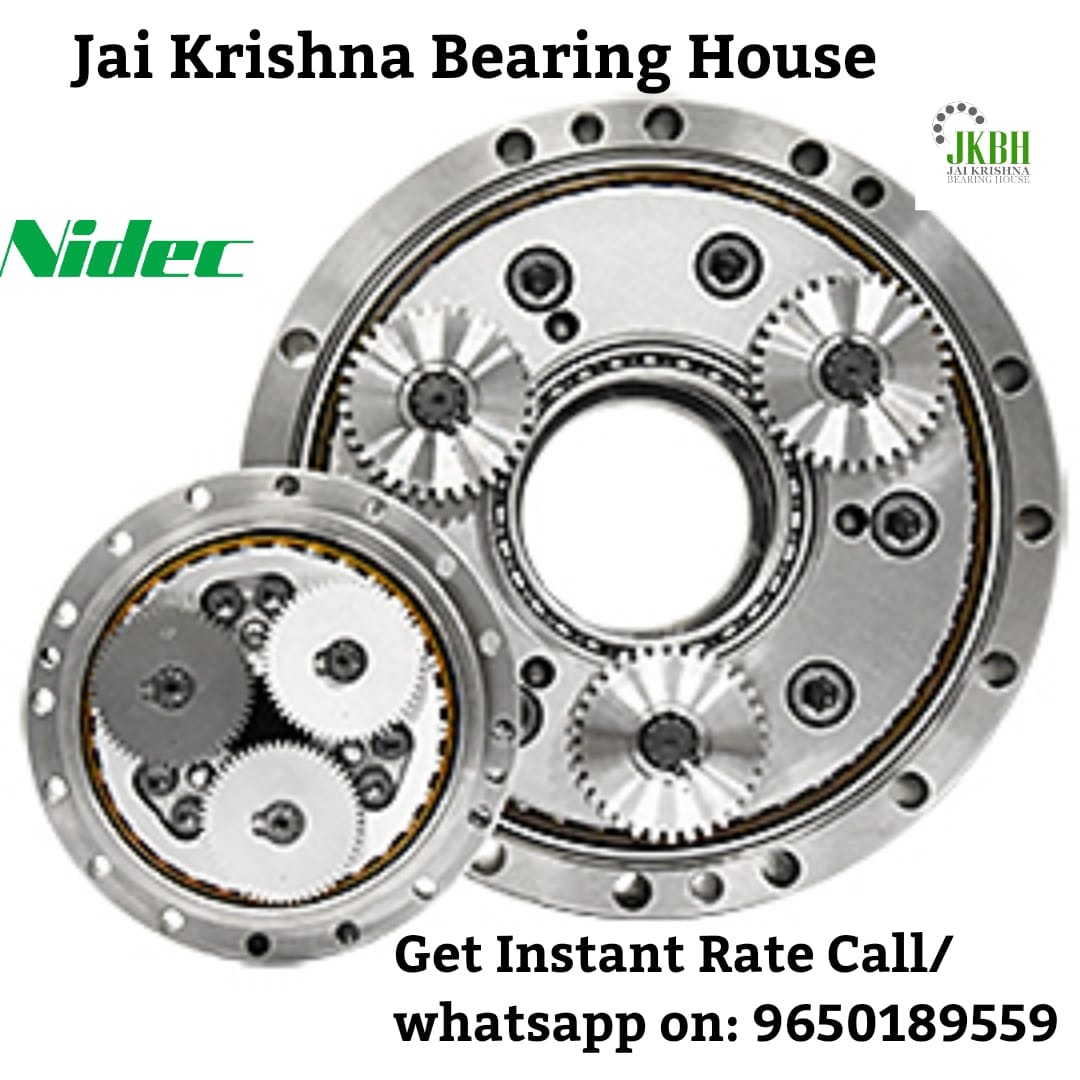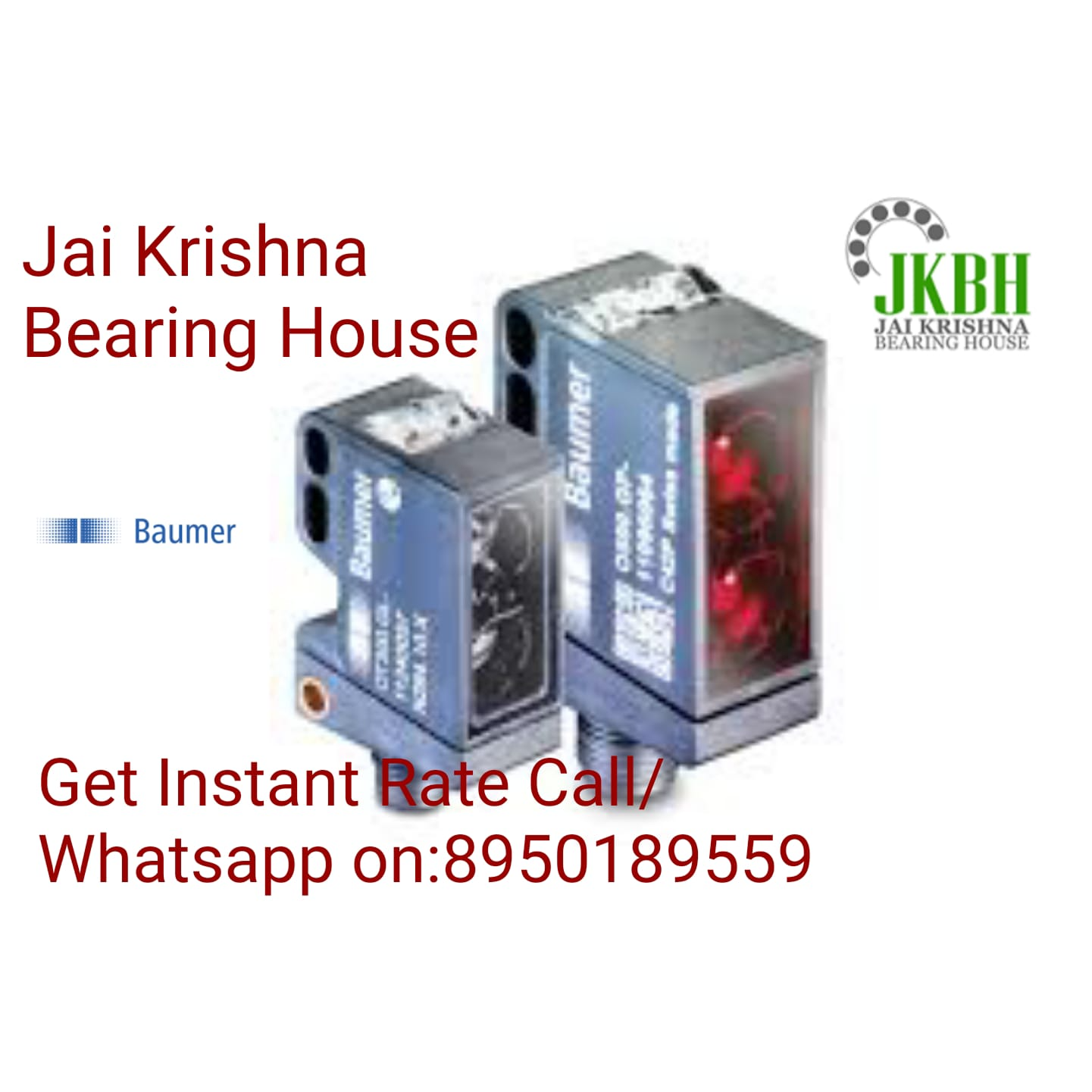
Baumer is a well-known manufacturer of photoelectric sensors, which are used to detect the presence or absence of an object, or its distance, in industrial automation systems. These sensors are highly reliable and precise, making them ideal for various applications such as material handling, packaging, and quality control. Here's a detailed breakdown of Baumer photoelectric sensors:
Types of Baumer Photoelectric Sensors
Baumer offers a wide range of photoelectric sensors, which can be classified into several types based on their operating principle:
Through-beam Sensors (Emitter and Receiver):
These sensors consist of two separate units: a transmitter and a receiver.
The transmitter emits a light beam (infrared or visible), and the receiver detects the light.
When an object breaks the light beam, the sensor detects the interruption.
Application: Used in situations where high precision and long-range detection are necessary.
Retro-reflective Sensors:
These sensors have the emitter and receiver in a single unit.
A reflector (usually a retro-reflective tape or mirror) is placed opposite the sensor.
The sensor emits light toward the reflector, which reflects the light back to the receiver.
The sensor detects the object when it interrupts the reflected light.
Application: Suitable for detecting objects at shorter distances.
Diffuse Sensors (Diffuse Reflective):
In this setup, the emitter and receiver are in the same unit.
The sensor emits light, and the light is reflected by the object. The sensor detects the reflected light to determine the presence of the object.
Application: Typically used for detecting objects that are relatively close to the sensor.
Diffuse Sensors with Background Suppression:
These sensors are similar to diffuse sensors but have a built-in function to filter out background reflections and focus only on the object’s reflection.
They are especially useful in situations where the background could affect the sensor’s accuracy.
Application: Common in environments where the sensor needs to distinguish between objects and background surfaces.
Key Features of Baumer Photoelectric Sensors
High Sensitivity:
Baumer photoelectric sensors are designed to detect even small objects with high accuracy.
Adjustable Sensitivity:
Many Baumer sensors come with adjustable sensitivity, allowing them to be customized for different applications.
Long Range:
Baumer photoelectric sensors are known for their long-range detection capabilities, which can be beneficial in many industrial applications.
Multiple Output Types:
Baumer offers sensors with different types of outputs, such as NPN (sinking), PNP (sourcing), and analog outputs for better integration with control systems.
Compact and Robust Design:
Many Baumer sensors are available in compact, rugged housings that can be used in harsh environments.
The sensors are also built to withstand high vibrations, temperature fluctuations, and exposure to dirt and moisture.
IP Ratings (Ingress Protection):
Baumer photoelectric sensors are designed to meet various environmental standards. Many of them are available in IP65, IP67, and IP69K ratings, making them suitable for wet or dusty environments.
Quick Response Time:
Baumer sensors offer fast response times, making them ideal for high-speed applications such as material handling or packaging.
Smart Sensors:
Some Baumer sensors feature IO-Link communication, allowing users to configure and monitor sensors remotely.
This capability can improve diagnostic functions and make the sensor adaptable to different settings.
Temperature and Protection:
Many Baumer sensors are designed to operate in a wide temperature range, from -25°C to +60°C or even higher in specific models.
The sensors often come with built-in protection against overvoltage and short circuits.
Applications of Baumer Photoelectric Sensors
Baumer photoelectric sensors are used in a variety of industries and applications, including:
Material Handling: Detecting the presence of products on conveyor belts or in automated sorting systems.
Packaging: Ensuring products are correctly placed, detected, and aligned for packaging.
Robotics: Used for position sensing and object detection.
Quality Control: Detecting defects or changes in products as they pass through production lines.
Automotive Industry: Detecting parts on an assembly line.
Food and Beverage: Detecting objects in food production lines, where hygiene and precision are crucial.
Baumer Photoelectric Sensor Advantages
Precision and Reliability: Baumer sensors are known for their consistent and accurate operation, which is vital for automation tasks.
Flexibility: With a variety of detection principles and configurations, Baumer sensors can be adapted to numerous industrial applications.
Ease of Installation: The compact design and simple wiring interfaces make installation and integration into systems easy.
Durability: Baumer sensors are designed to withstand h
Keywords
receiver detects
builtin protection
harsh environments
analog outputs
single unit
high precision
types based
object breaks
reflected light
background reflections
background suppression
highspeed applications
accurate operation
position sensing
conveyor belts
specific models
ip65 ip67
environmental standards
robust design
small objects
objects reflection
builtin function
retroreflective tape
retroreflective sensors
separate units
sensors consist
detailed breakdown
highly reliable
photoelectric sensors
wellknown manufacturer
sensor adaptable
sensor detects
light back
baumer sensors
transmitter emits
detection principles
settings temperature
diffuse sensors
detecting objects
interruption application
precise making
light beam
compact design
packaging robotics
longrange detection
wide range
material handling
sensor diffuse sensors
sensor emits light
object application typically
configurations baumer sensors
reliability baumer sensors
beverage detecting objects
wide temperature range
light beam infrared
packaging smart sensors
short circuits applications
material handling detecting
longrange detection capabilities
monitor sensors remotely
material handling packaging
ip69k ratings making
compact rugged housings
control systems compact
automation tasks flexibility
food production lines
assembly line food
improve diagnostic functions
adjustable sensitivity allowing
quality control heres
industrial automation systems
